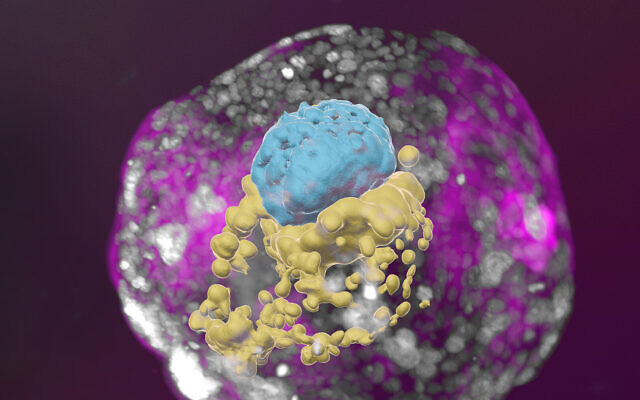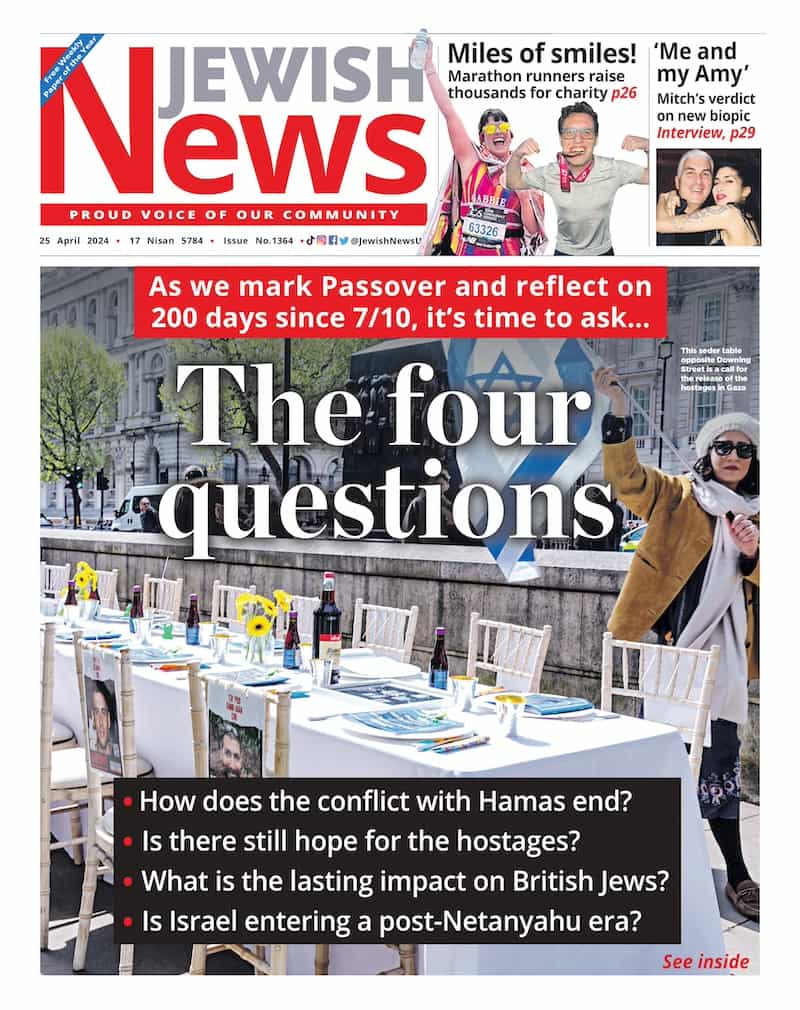Israeli scientists grow human embryos from stem cells
Groundbreaking experiment based on research team's previous experience in creating synthetic stem cell–based models of mouse embryos.

The Weizmann Institute of Science in Israel has succesfully created complete models of human embryos from stem cells cultured in a lab.
The groundbreaking experiment was based on the research team’s previous experience in creating synthetic stem cell–based models of mouse embryos, and managed to grow the embryos outside the womb up to day 14.
Weizmann Institute said that previous studies could not be considered genuinely accurate human embryo models, but that the new experiment had all the structures and compartments characteristic of this stage, including the placenta, yolk sac, and chorionic sac.
“The drama is in the first month, the remaining eight months of pregnancy are mainly lots of growth. But that first month is still largely a black box. Our stem cell–derived human embryo model offers an ethical and accessible way of peering into this box. It closely mimics the development of a real human embryo, particularly the emergence of its exquisitely fine architecture,” said Prof. Jacob Hanna, the research team chief.
“An embryo is self-driven by definition; we don’t need to tell it what to do – we must only unleash its internally encoded potential. It’s critical to mix in the right kinds of cells at the beginning, which can only be derived from naïve stem cells that have no developmental restrictions. Once you do that, the embryo-like model itself says, ‘Go!’” he added.

The research team’s results indicate that their models emulated the process by which an early embryo gains all the structures it needs for beginning its transformation into a fetus.
“Many failures of pregnancy occur in the first few weeks, often before the woman even knows she’s pregnant. That’s also when many birth defects originate, even though they tend to be discovered much later. Our models can be used to reveal the biochemical and mechanical signals that ensure proper development at this early stage, and the ways in which that development can go wrong,” Prof. Hanna said.
In fact, the study has already produced a finding that may open a new direction of research into early pregnancy failure. The researchers discovered that if the embryo is not enveloped by placenta-forming cells in the right manner at day 3 of the protocol (corresponding to day 10 in natural embryonic development), its internal structures, such as the yolk sac, fail to properly develop.
Prof. Hanna said that because an embryo isn’t static, it must have the right cells in the right organisation, and it must be able to progress. “It’s about being and becoming. Our complete embryo models will help researchers address the most basic questions about what determines its proper growth”

Thank you for helping to make Jewish News the leading source of news and opinion for the UK Jewish community. Today we're asking for your invaluable help to continue putting our community first in everything we do.
For as little as £5 a month you can help sustain the vital work we do in celebrating and standing up for Jewish life in Britain.
Jewish News holds our community together and keeps us connected. Like a synagogue, it’s where people turn to feel part of something bigger. It also proudly shows the rest of Britain the vibrancy and rich culture of modern Jewish life.
You can make a quick and easy one-off or monthly contribution of £5, £10, £20 or any other sum you’re comfortable with.
100% of your donation will help us continue celebrating our community, in all its dynamic diversity...
Engaging
Being a community platform means so much more than producing a newspaper and website. One of our proudest roles is media partnering with our invaluable charities to amplify the outstanding work they do to help us all.
Celebrating
There’s no shortage of oys in the world but Jewish News takes every opportunity to celebrate the joys too, through projects like Night of Heroes, 40 Under 40 and other compelling countdowns that make the community kvell with pride.
Pioneering
In the first collaboration between media outlets from different faiths, Jewish News worked with British Muslim TV and Church Times to produce a list of young activists leading the way on interfaith understanding.
Campaigning
Royal Mail issued a stamp honouring Holocaust hero Sir Nicholas Winton after a Jewish News campaign attracted more than 100,000 backers. Jewish Newsalso produces special editions of the paper highlighting pressing issues including mental health and Holocaust remembrance.
Easy access
In an age when news is readily accessible, Jewish News provides high-quality content free online and offline, removing any financial barriers to connecting people.
Voice of our community to wider society
The Jewish News team regularly appears on TV, radio and on the pages of the national press to comment on stories about the Jewish community. Easy access to the paper on the streets of London also means Jewish News provides an invaluable window into the community for the country at large.
We hope you agree all this is worth preserving.





















